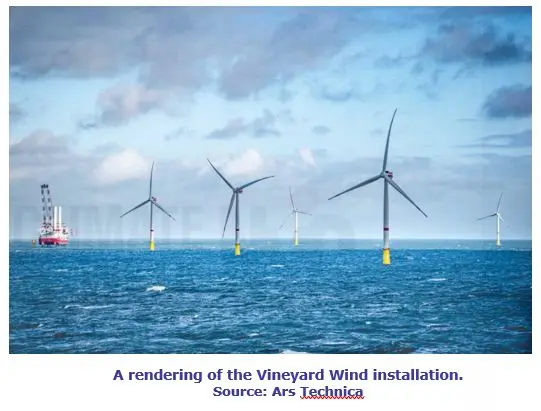

Utility-scale wind energy is a cornerstone in the realm of renewable energy sources, playing a pivotal role in the global transition towards sustainable and clean energy. It involves the generation of wind power at a large scale, typically using wind turbines that are capable of producing more than 1 MW of power. This post aims to delve into the ecosystem of utility-scale wind energy, explore the challenges it faces, propose solutions to these challenges, and discuss its future prospects.
Utility-scale wind energy involves a complex ecosystem consisting of various components and stakeholders. The U.S. alone houses over 70,000 wind turbines, contributing to a total wind power capacity of 146 GW, enough to serve 46 million homes.
Wind Farms: These are large installations of wind turbines, strategically located in areas with optimal wind conditions, often in remote or offshore locations.
Transmission Infrastructure: Given the remote locations of many wind farms, extensive transmission lines and substations are required to transport the generated electricity to where it is needed.
Stakeholders: The ecosystem involves myriad stakeholders including developers, investors, regulators, and consumers, each playing a crucial role in the development, deployment, and consumption of wind energy.
Policy and Regulation: Government policies, incentives, and regulatory frameworks significantly impact the development and expansion of utility-scale wind energy projects.

Siting and Environmental Concerns: Identifying suitable locations that balance wind resource availability, environmental impact, and community acceptance is challenging.
High Capital Costs: The initial investment required for land acquisition, turbine installation, and infrastructure development is substantial.
Intermittency and Reliability: The variable and unpredictable nature of wind poses challenges in ensuring a consistent and reliable power supply.
Transmission and Integration: Developing the necessary transmission infrastructure and integrating large-scale wind power into the grid are complex and often costly endeavors.
Technological Innovation: Advancements in turbine technology, energy storage solutions, and grid management can mitigate the issues of intermittency and enhance the reliability of wind power.
Policy Support and Incentives: Government support through favorable policies, subsidies, and incentives can alleviate financial barriers and encourage investment in wind energy projects, which have seen $140 billion of investment in the last decade.
Strategic Planning and Community Engagement: Comprehensive planning and open dialogue with communities can address siting concerns and foster acceptance and support for wind energy projects.
Enhanced Grid Infrastructure: Investing in robust and flexible grid infrastructure can facilitate the integration of wind power and optimize the transmission of electricity from remote locations.
The future of utility-scale wind energy is promising, with ongoing innovations aimed at enhancing efficiency, reducing costs, and improving reliability. The advent of floating offshore wind farms and the development of larger and more efficient turbines are set to revolutionize the sector. The integration of Artificial Intelligence and advanced analytics can optimize operations and maintenance, while breakthroughs in energy storage technology can address the challenges of intermittency.
Wind energy has made significant economic contributions, with the industry investing $13 billion in new projects in 2022 alone. It has also created employment opportunities, supporting over 120,000 jobs across all 50 states in 2020. Environmentally, wind energy helps avoid 336 million metric tons of CO2 emissions annually, equivalent to 73 million cars’ worth of emissions, and has minimal impact on wildlife, causing less than 0.01% of all human-related bird deaths.
Utility-scale wind energy is a critical component in the global energy landscape, offering a sustainable solution to meet the growing energy demand while mitigating environmental impacts. The ecosystem is intricate, involving diverse stakeholders, extensive infrastructure, and a complex regulatory environment. While the sector faces significant challenges, including high capital costs, siting concerns, and intermittency, innovative technologies, supportive policies, strategic planning, and enhanced grid infrastructure can provide effective solutions. The future of utility-scale wind energy is bright, with continuous advancements poised to unlock unprecedented opportunities for clean and sustainable energy generation.
By embracing innovation and fostering collaboration, we can harness the full potential of utility-scale wind energy and pave the way for a greener and more resilient energy future.

